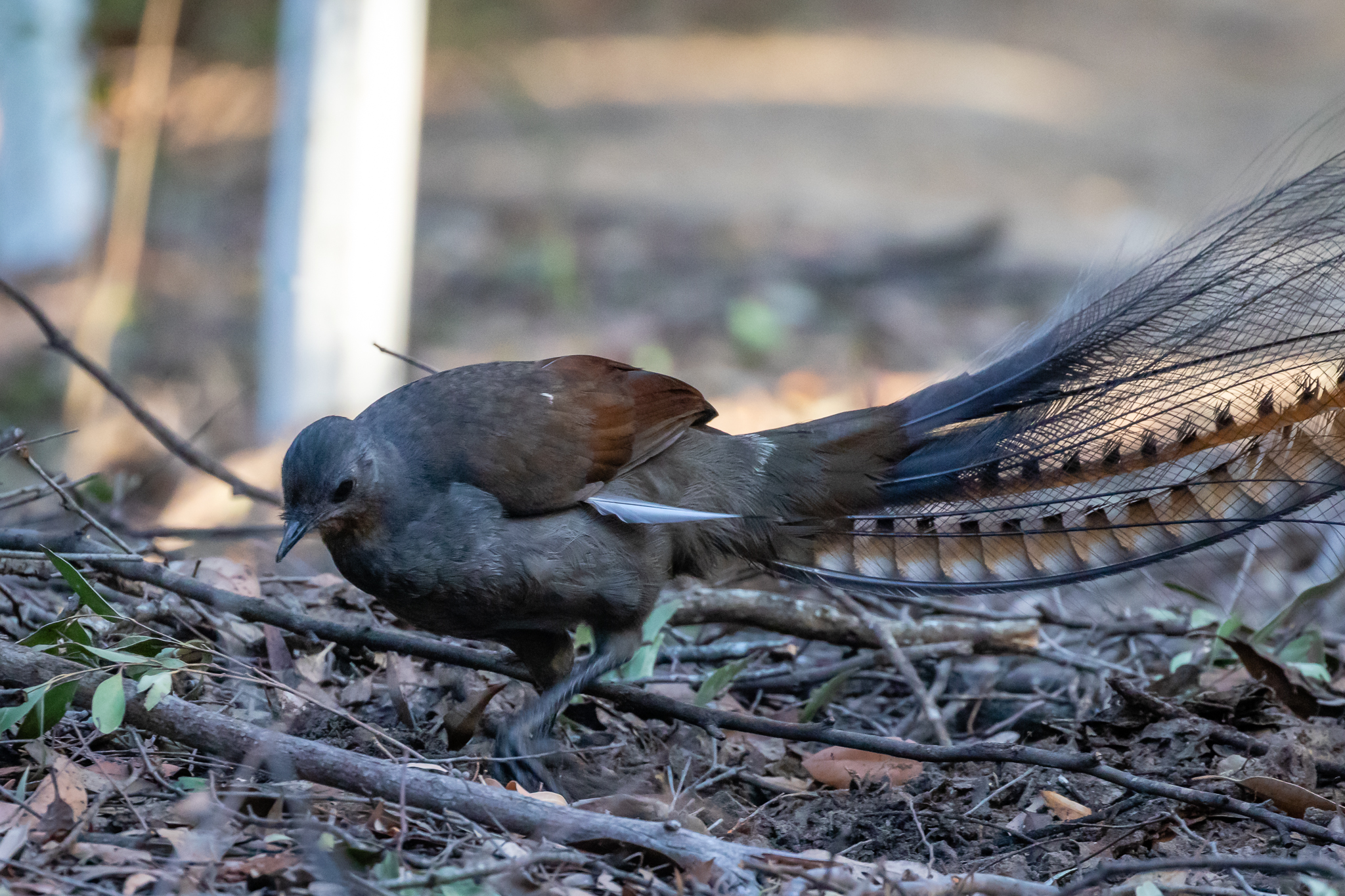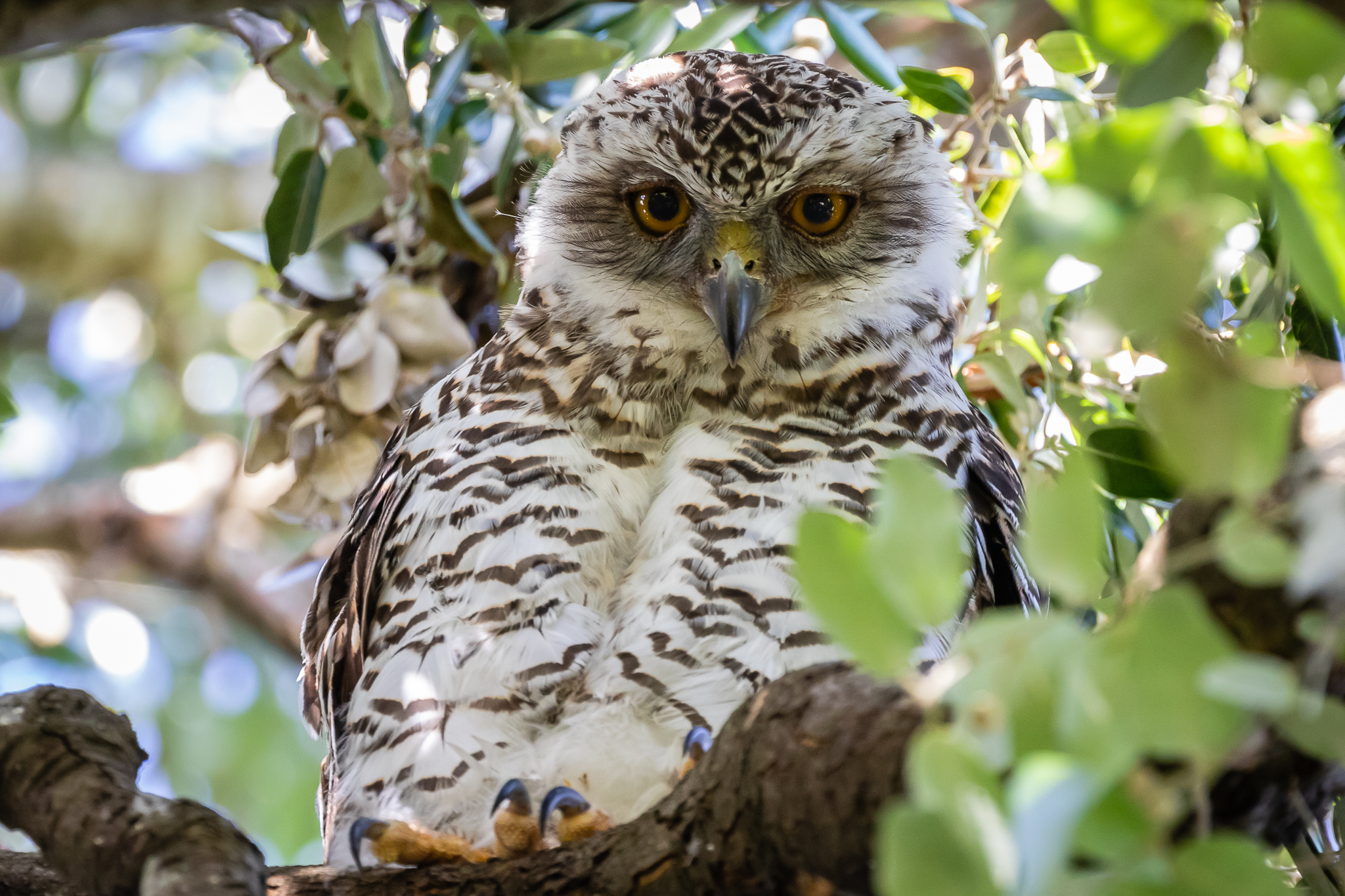Spring brings a new round of Sydney Olympic Park spring surveys and this year the early morning start is eased by the quick trip westward in the new WestConnex tunnel. This year’s sites include the garden-like Narawang Wetland close to tidal Haslam’s Creek. These small ponds are home to a surprising variety of water birds such as Latham’s Snipe, Baillon’s Crake and Buff-banded Rails in addition to the usual Purple Swamphen, Dusk Moorhen, Eurasian Coots and a variety of ducks. In the marshes are Australian Reed-Warblers, Golden-headed Cisticolas and this week a Tawny Grassbird.
Australian Reed-Warbler
Brown Honeyeaters predominate in the bushes surrounding the wetland along with Red Wattlebirds, Little Wattlebirds, New Holland and White-plumed Honeyeaters.
Brown Honeyeater

























